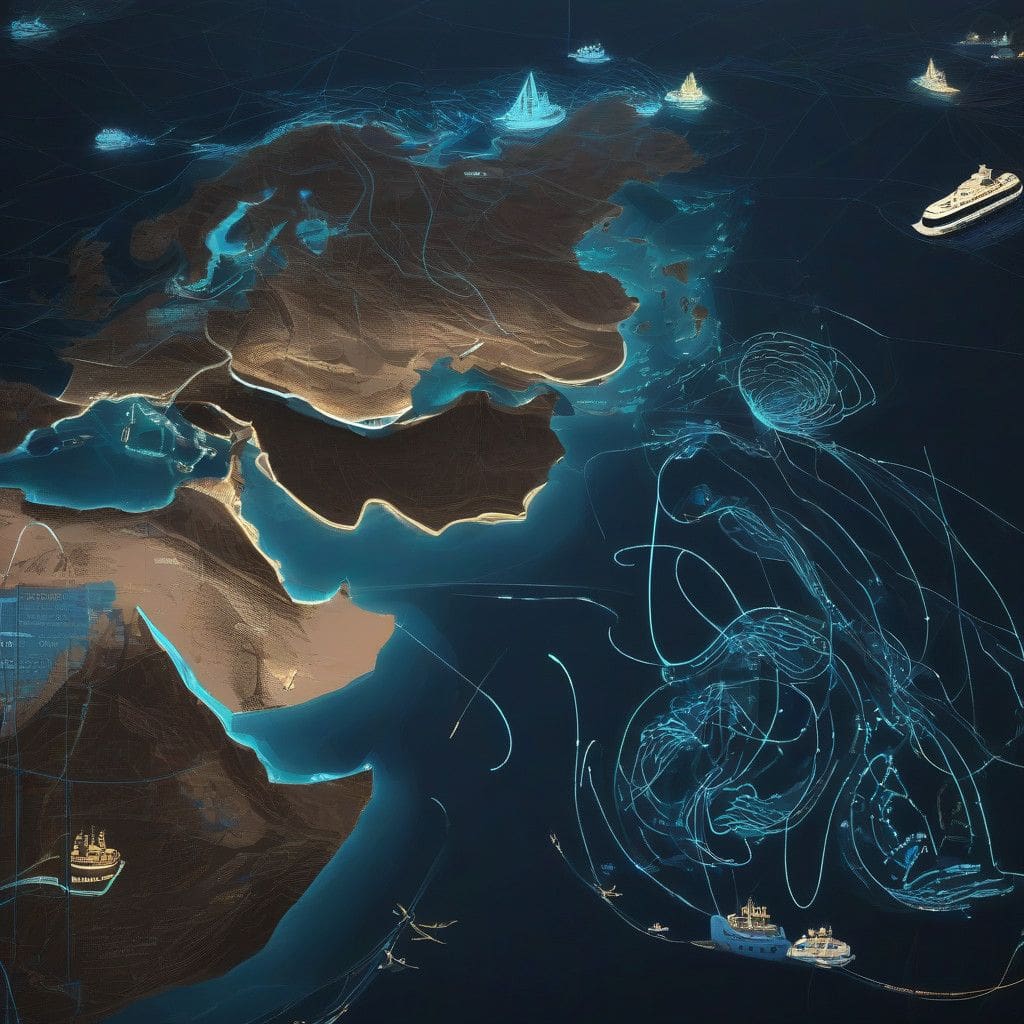In a significant advancement for regional telecommunications, NTT DATA and Google Cloud have laid the foundation for a new subsea cable connecting Saudi Arabia and Egypt. This ambitious project aims to enhance connectivity across the Red Sea, linking the Arabian Gulf to Egypt’s strategic Red Sea landing station. The cable is anticipated to improve data flow not only within the region but also between Middle Eastern countries and Europe, fulfilling an increasing demand for reliable and efficient digital communication.
The cable, which is owned by Mobily, will integrate seamlessly with existing subsea cable systems in Egypt, establishing a robust network infrastructure designed to handle growing telecom traffic. This initiative follows a memorandum of understanding signed two years ago between NTT DATA and Google Cloud, marking a pivotal moment in their collaboration aimed at fortifying the telecommunications landscape in the Middle East.
The benefits of this new subsea cable extend beyond mere connectivity. It represents a critical step in achieving the goals outlined in Saudi Vision 2030, which emphasizes the need for enhanced infrastructure to support economic diversification. By positioning Saudi Arabia as a leading international hub for telecommunications services and data traffic, this project aligns with national objectives intended to advance the Kingdom’s technology and innovation sectors.
A standout feature of this cable is its ability to extend the existing subsea network, which enhances communication flexibility. This is vital for businesses that rely on uninterrupted connectivity for operations, data exchange, and customer interactions. By improving the quality and speed of telecommunications, organizations can operate more efficiently, reducing downtime and boosting productivity.
Moreover, the integration of the new cable with the recently established landing station in Sharm El Sheikh is expected to enable innovative crossing routes to the Mediterranean Sea, thereby fostering new business opportunities and enhancing trade interactions between regions. The strategic geographical positioning of this connection creates significant opportunities for businesses looking to expand their reach and influence in both local and international markets.
Another dimension of this project is its potential to stimulate economic growth through digital trade. In today’s global economy, robust telecommunications infrastructure is essential for e-commerce, cloud services, and digital solutions. With enhanced connectivity, businesses can leverage data analytics, artificial intelligence, and other technological advancements to improve products, services, and operational efficiencies.
Additionally, the launch of this subsea cable will likely contribute to increasing competition within the telecommunications market, encouraging further investments in infrastructure and innovation. Enhanced competition can lead to lower costs and improved services for consumers, ultimately benefiting the general public while supporting economic development.
As the demand for reliable and high-speed internet connectivity continues to rise, particularly in the wake of the ongoing digital transformation accelerated by recent global events, this subsea cable is timely. It highlights the importance of international collaboration in the telecom sector, providing a framework for future partnerships that could enhance infrastructure investments and service offerings across borders.
In conclusion, the launch of the subsea cable connecting Saudi Arabia and Egypt signifies a major leap forward in telecommunications infrastructure within the region. It not only improves connectivity between the Middle East and Europe but also plays a crucial role in achieving broader economic goals. By enhancing telecommunications capabilities, the project sets the stage for continued growth, innovation, and digital transformation in an increasingly interconnected world, aligning perfectly with Saudi Arabia’s Vision 2030 initiative.












